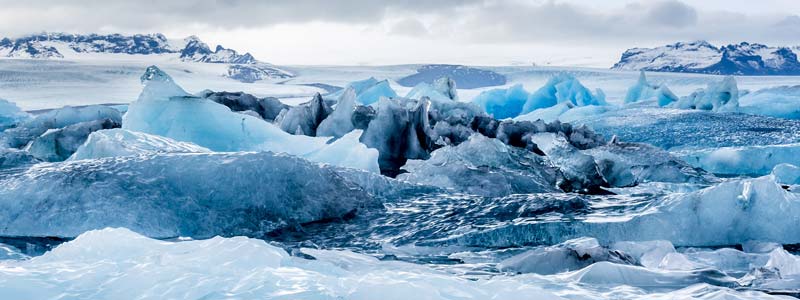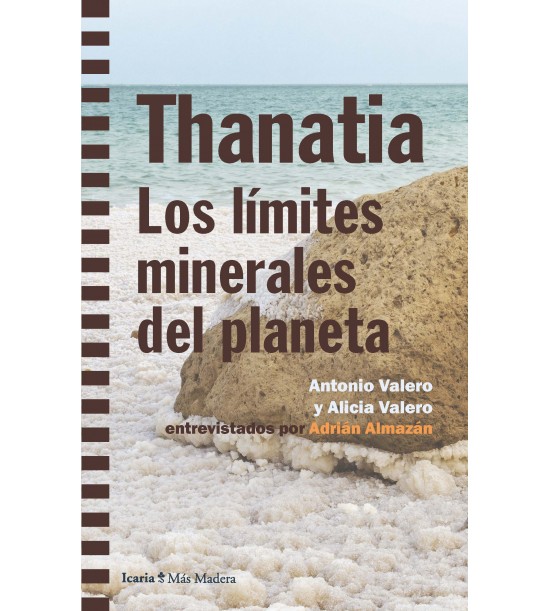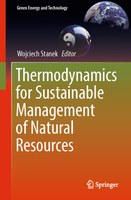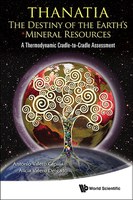Thermodynamic rarity
Thermodynamic rarity
Exergy is the minimum energy required to replenish a resource from its most degraded state or, in other words, to remake it from the reference environment via a reversible process. However, the real processes designed by humans are far from the ideal condition of reversibility and the exergy requirements to obtain a resource are always greater than those dictated by the second law. For this reason, we should not evaluate natural resources solely in terms of reversible processes, since this would ignore technological limits, which impose more costs from a physical point of view. Therefore, to include real physical costs in the thermodynamic evaluation of resources, thermodynamic rarity is used.

Thermodynamic rarity is defined as the amount of exergy needed to obtain a given commodity from an ordinary rock with prevailing technologies (Valero, A and Valero, A., 2015). Exergy accurately measures, in energy terms, the distinction of a piece of matter with respect to a given reference environment, sometimes also known as the “dead state.” When dealing with mineral resources, this dead state is called Thanatia.
Thermodynamic rarity incorporates two types of costs:
- A physical cost, accounting for the exergy resources needed to convert a mineral into a commodity (beneficiation, smelting, and refining processes). It is the embodied exergy (or exergy cost, kilowatt-hours [kWh]) of the mineral calculated from mine to market.
- A hidden cost, in other words, the free natural bonus provided by nature for having minerals concentrated in mines instead of dispersed throughout the crust, calculated from Thanatia to the mine. This free natural bonus is represented by the exergy replacement cost (ERC), defined as the exergy that would be needed to extract a mineral from Thanatia to the conditions of concentration and composition found in the mine, using prevailing technology.
Thermodynamic rarity varies from mineral to mineral, as is a function of a mineral’s absolute scarcity in nature and the state of technology. Therefore, these values are not static, as they depend on the state of technology, as we assume that the same technology is applied for the current extraction of minerals than between Thanatia and the mine.
A new dimension of criticality assessment
Sankey diagrams can be used to represent the inputs of the system (imports and production) and the outputs (exports, recycling and consumption) within the EU-28. If these data instead of tonnes is expressed in thermodynamic rarity, commodities that are more thermodynamically relevant will have a greater weight. This is the case of cobalt, tellurium or tantalum that in tonnes could not be even seen in the diagram. Additionally, it can also be used to assess that EU-28 imports scarcer and more critical materials than those it produces domestically, as when data are expressed in thermodynamic rarity, the weight of imports against domestic production clearly stands out.
Exergy cost allocation in the mining industry
Exergy costs and thermodynamic rarity can be used to carry out cost allocations in the mining industry. Usually in the mines more than one element is extracted and the mining industry is confronted with the difficult task of assigning costs to the by-products and joint products. Life cycle analysis (LCA) usually performs allocation among products based on tonnage or on commercial prices but exergy can also be used. Using the exergy of each byproduct, costs can be allocated, taking into account the scarcity factor.
In this example, allocation in a mine that extracts copper, silver and gold is presented (Valero, A, Domínguez, A and Valero, A., 2015). Using tonnage allocation, copper represents more than 99% of the total materials extracted, therefore, the majority of environmental impacts would be associated to this element, the most abundant product extracted.
Using commodity prices, three different cases have been presented and, as it can be seen, fluctuations in the price can change considerably allocation, as they are the result of a complex market and economic dynamics.
An alternative way is to allocate costs with exergy, in this case with exergy replacement costs (ERC). When this is applied, it can be observed that the results are similar to those obtained with commodity prices, still, contrarily to prices, exergy replacement costs do not fluctuate with external factors but remains constant through time.
Maximum production peaks of minerals
The “peak oil” concept, developed by Hubbert (1956), a geoscientist working for Royal Dutch Shell in Texas, is based on empirical information on U.S. oil fields. He found that trends in fossil fuel production almost always followed an identical pattern. All curves, regardless of the fuel's exact specification, started slowly before rising steeply and tending towards an exponential increase over time, until an inflection point was reached, upon which the shape became downward concave, meaning that the production follows a bell-shaped curve of a normal distribution. This model has been applied as well to non-fuel mineral commodities, though in this case, the bell-shaped curve is better suited if exergy is plotted as a function of time rather than using mass terms.
Whilst fuel quality remains almost constant with extraction, non-fuel mineral quality degrades as time progresses while mining continues. The maximum production peak is reached when the higher quality resources (commodities with higher concentrations and easier to extract and process) have been extracted and then the production starts to decrease as lower quality resources are extracted (Calvo, G., Valero, A., Valero, A.. 2017).












